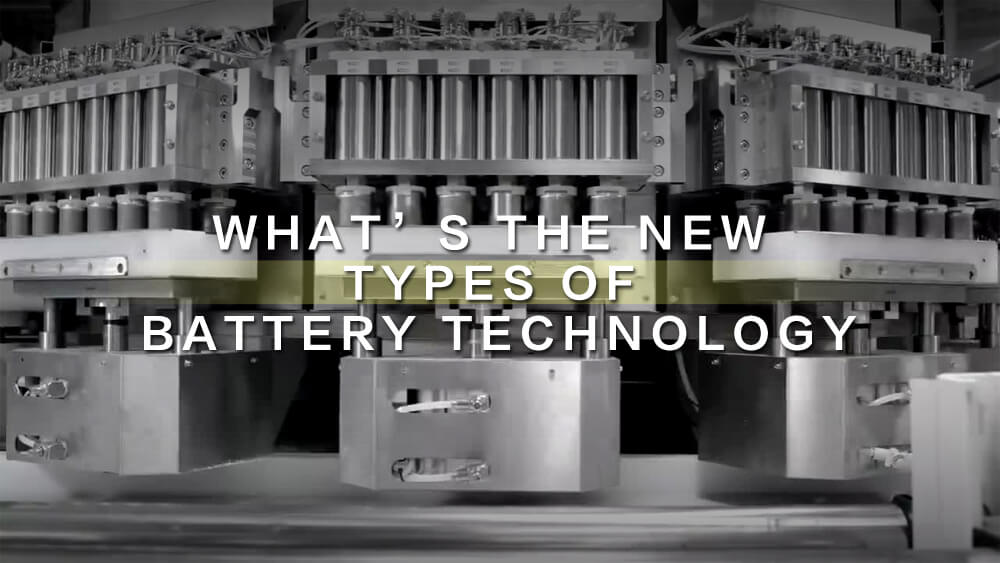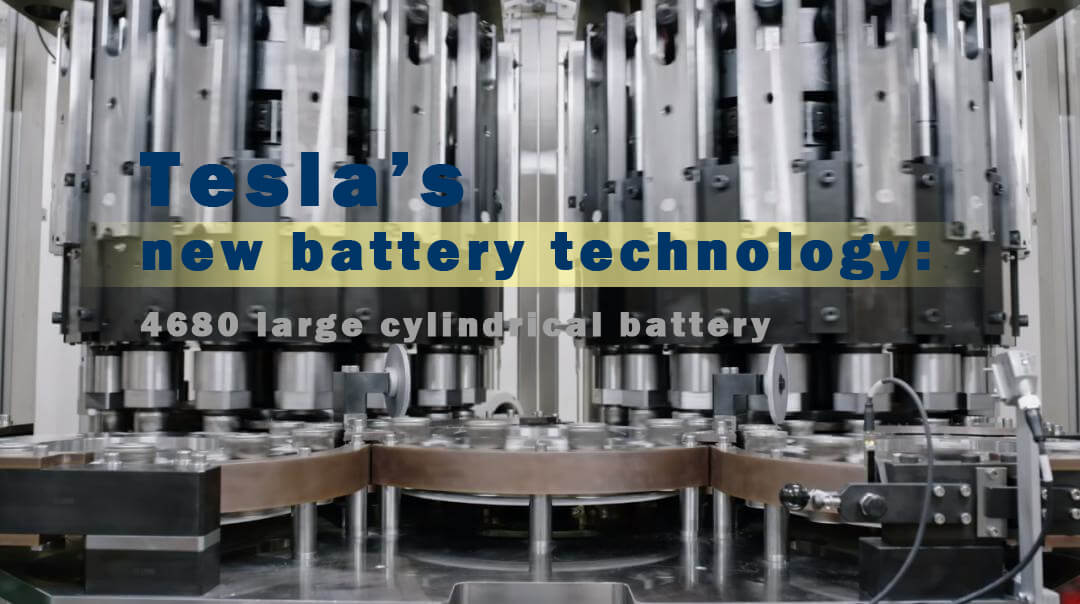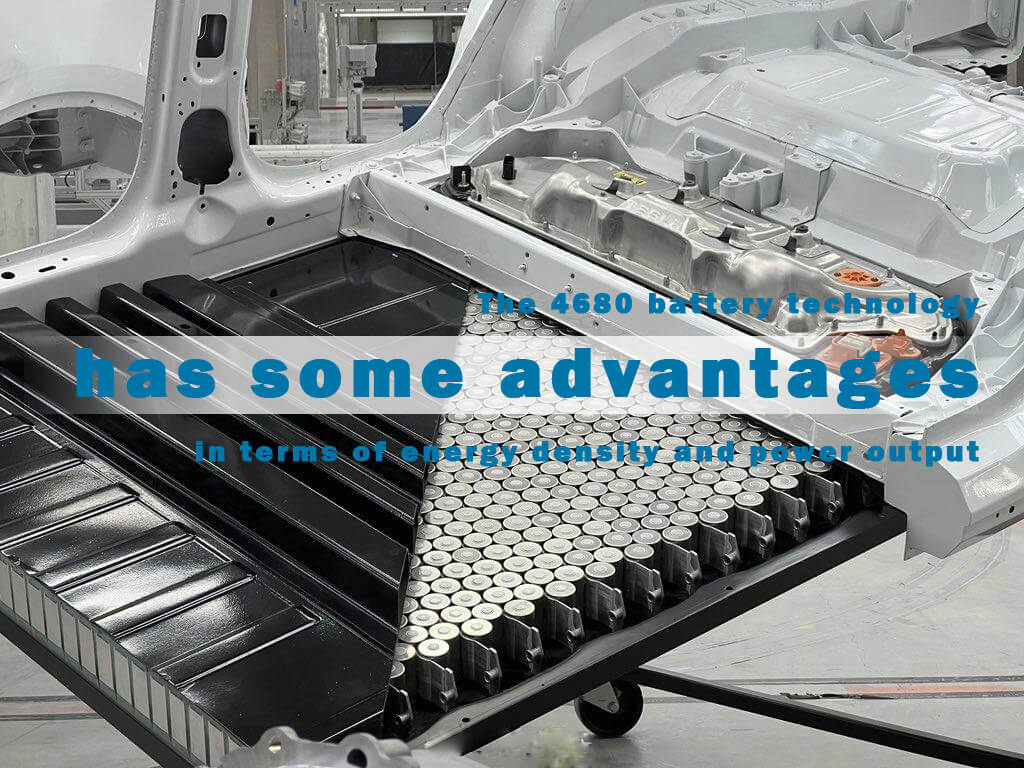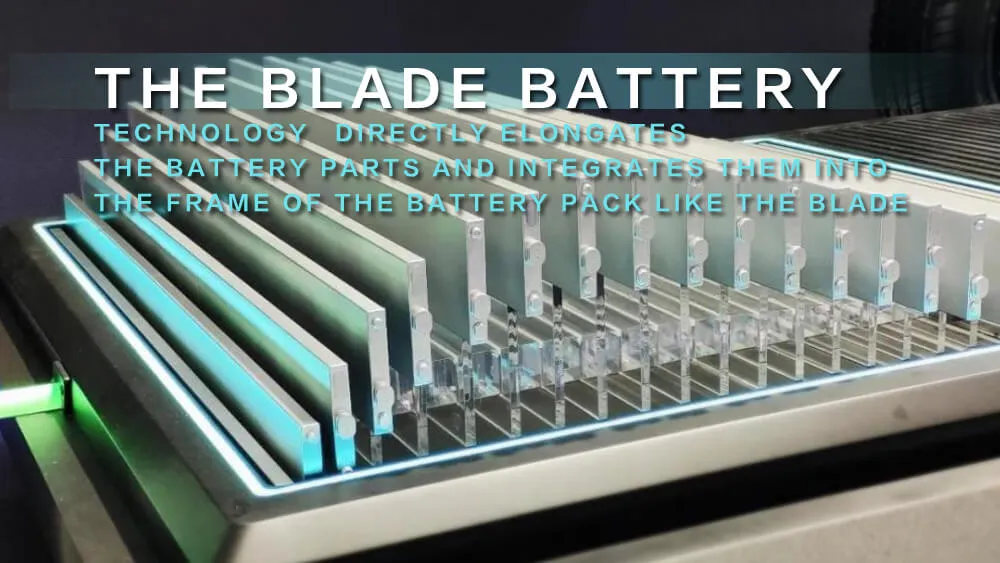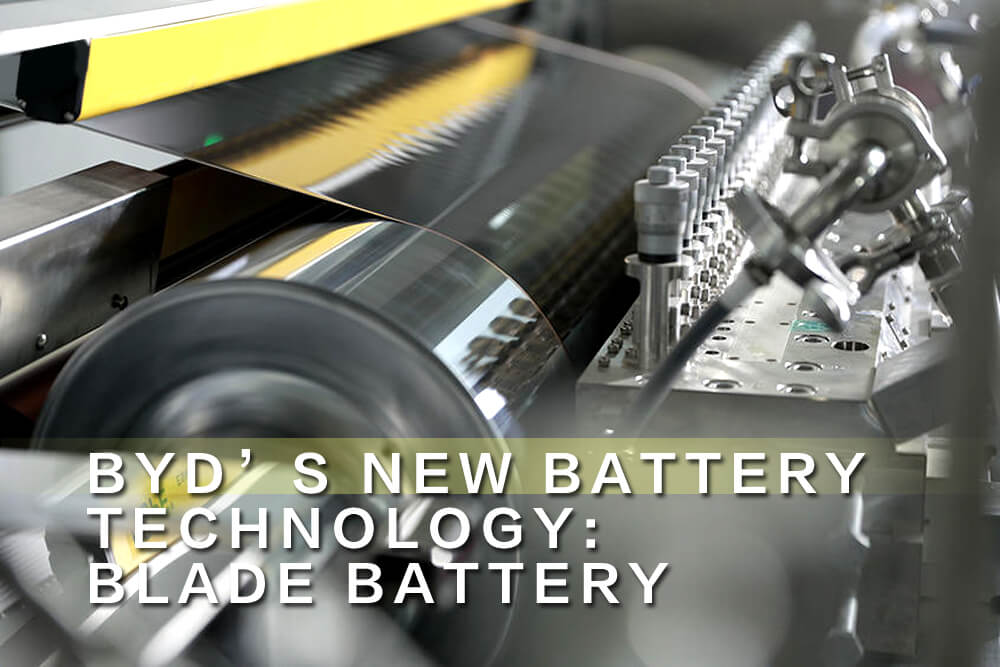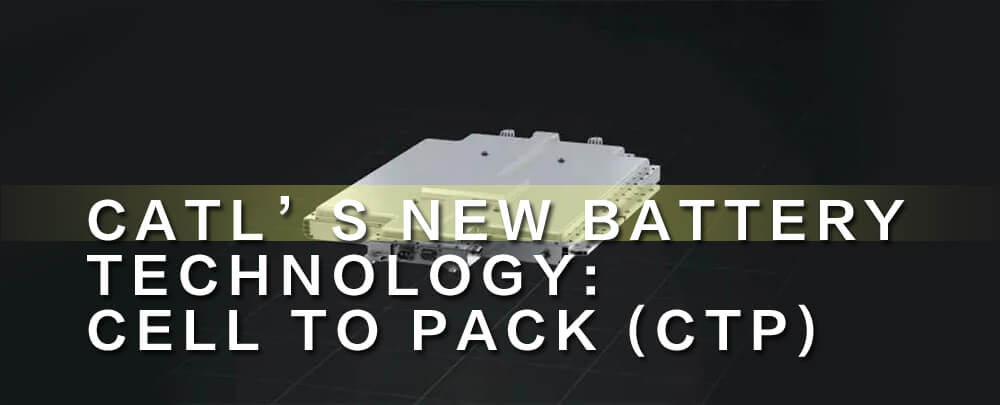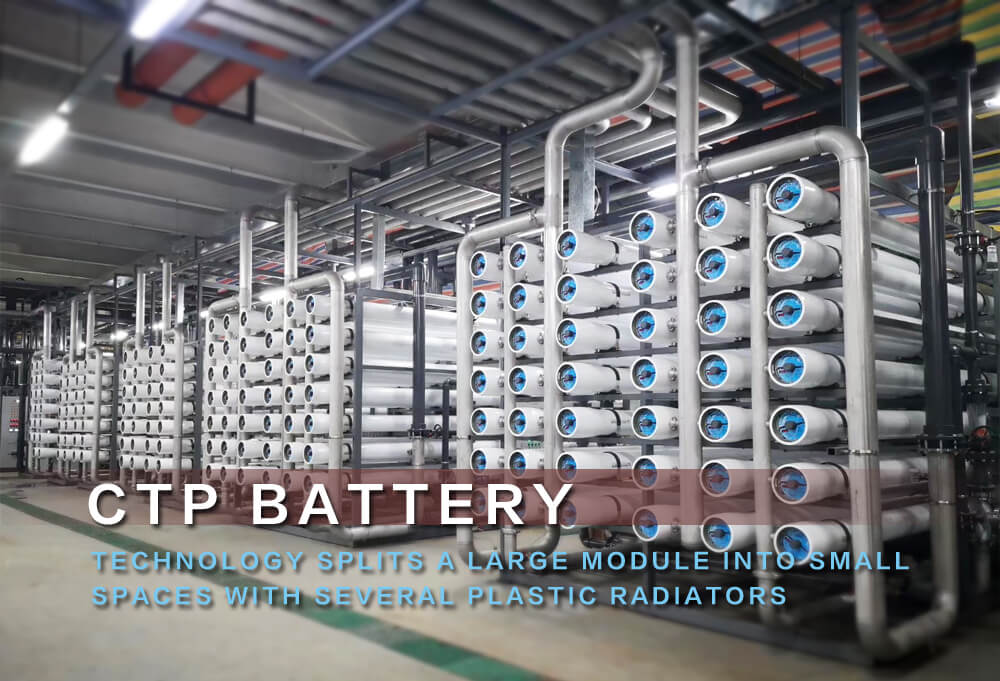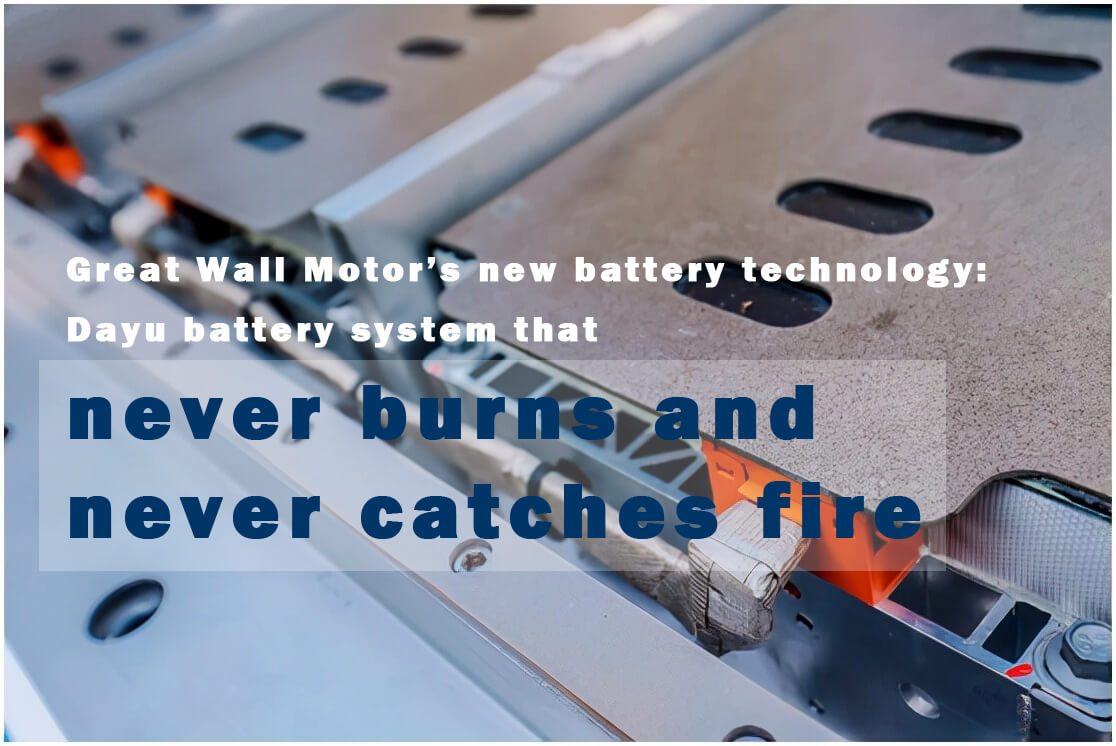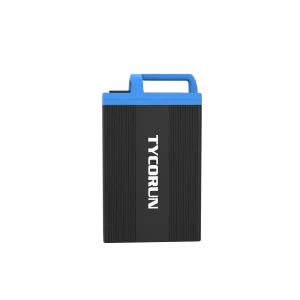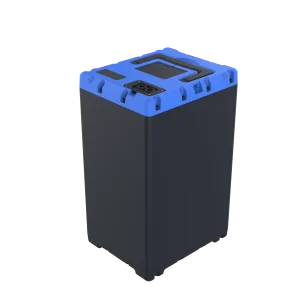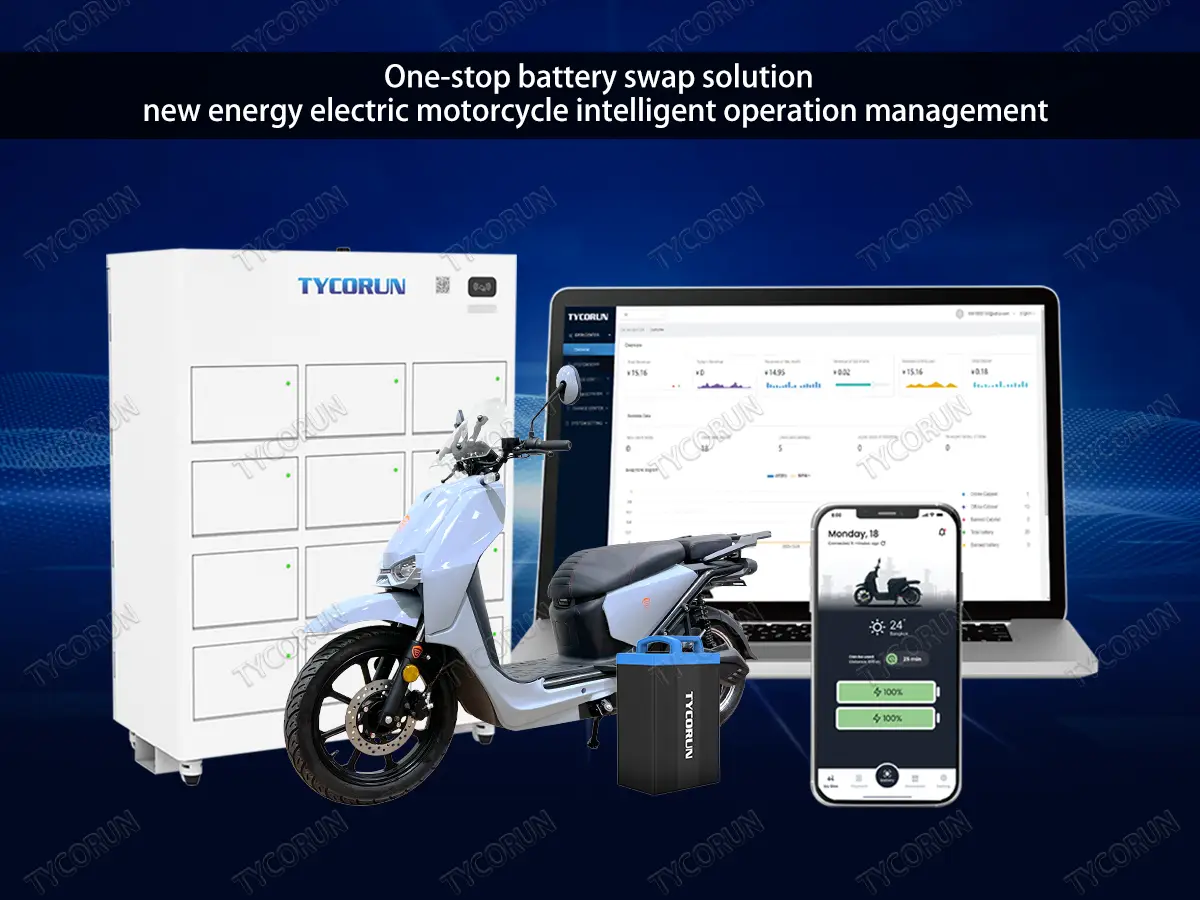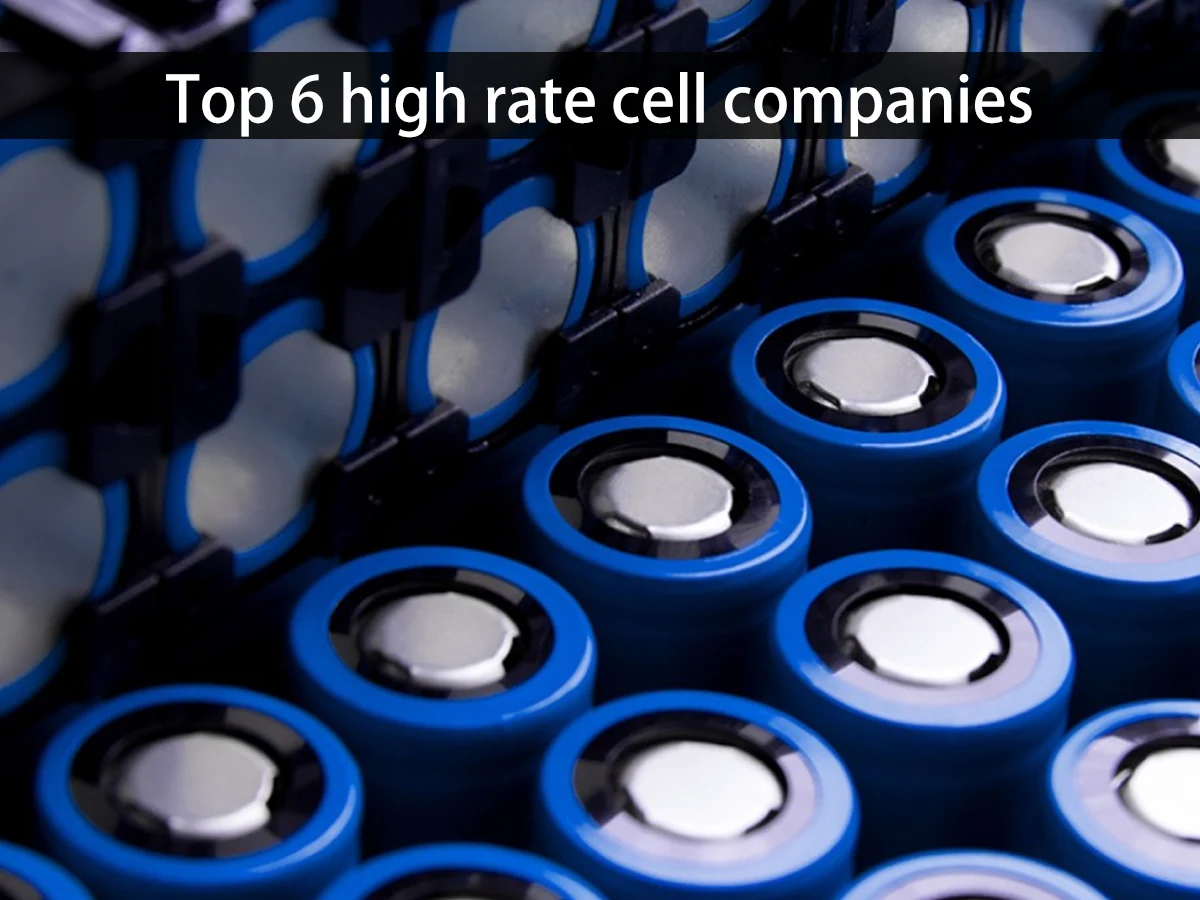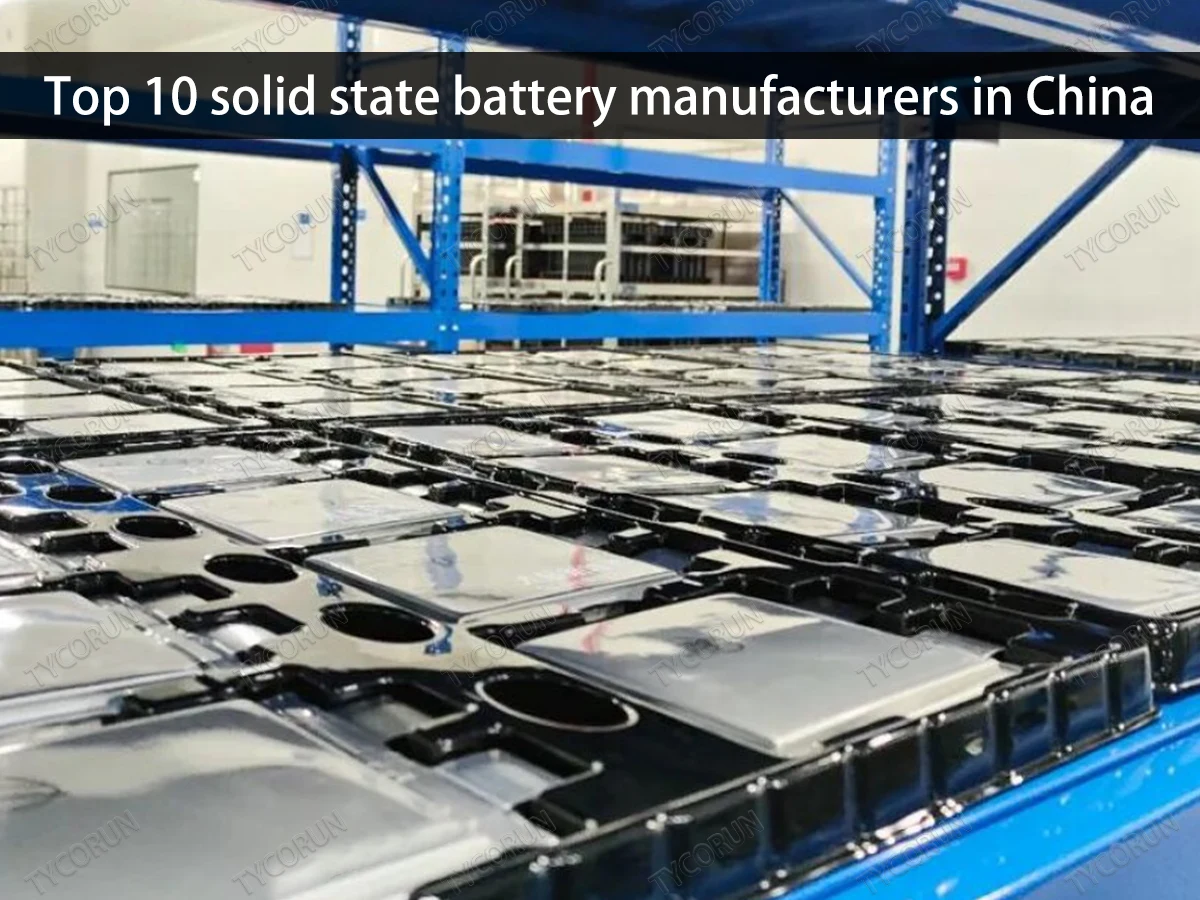Home » battery news » What’s the new types of battery technology
What’s the new types of battery technology
Since SONY officially commercialized lithium-ion battery in the 1990s, there has been no revolutionary progress in the principle and basic configuration of lithium ion battery technology, but relevant new materials keep emerging. Key equipment and production technology develop rapidly, and the design of cell and battery system keeps innovating and improving.
The energy density of battery cells has increased from 80Wh/kg at the beginning to nearly 300Wh/kg at present, and the cost of batteries has decreased year by year, which also indicates that lithium-ion battery technology has made significant progress.
In recent years, with the rapid development of new energy vehicle power battery, new battery technology emerge in an endless stream. This article summarizes some new technologies in the resent years.
- Tesla’s new battery technology: 4680 large cylindrical battery
- BYD’s new battery technology: blade battery
- CATL’s new battery technology: Cell to Pack (CTP)
- CALB’s new battery technology: One-stop battery
- Guangzhou Automobile’s new battery technology: Magazine battery system
- Great Wall Motor’s new battery technology: Dayu battery system that never burns and never catches fire
Tesla’s new battery technology: 4680 large cylindrical battery
At Battery Day, Tesla unveiled its 4680 large cylindrical battery technology. The 4680 battery, with a diameter of 46 mm and a height of 80 mm, is larger than Tesla’s previous 2170 battery.
According to official data, the 4680 battery will increase energy density by five times, increase power output by six times, reduce the cost per kilowatt-hour by 14 percent, and increase the range of models with the battery by 16 percent. Its main innovations are as follows:
(1) Battery size optimization
Taking the battery energy density, heat dissipation characteristics and battery group performance into consideration, the shell diameter of the battery is optimized to be 46 mm and the height is 80 mm.
(2)Design without lug
Tesla 4680 battery technology adopts a design without lug.The cathode and anode collector fluid is leaked from both sides of the coiling core, and is directly connected with the positive and negative terminals of the battery through the collector fluid. The power characteristics of the battery are improved from the Angle of the electrode lug, and the current density is evenly distributed at large rate.
The cathode electrode on the edge of the coating on one side when the cathode material is not on the side of the coating and the cathode plate coated anode materials one side white space when it be an ear welding on the battery cathode and anode.
Cathode and anode electrode away through the diaphragm, between the current in the collection of fluid flowing through the distance is short, can achieve high power density, electrode calorific value is small.
The 4680 battery technology has some advantages in terms of energy density and power output, but due to the longer electrodes in the coil core, it may exacerbate the uneven distribution of internal current and temperature. As the cylinder diameter increases, effective thermal management can be problematic due to a decrease in the cell’s surface area/volume ratio.
To solve these problems, Tesla has proposed a “anodeless ear” mode of collecting current, which is more evenly distributed within the battery by using the collector foil itself (foil edge) to collect current.
(3) Dry electrode technology
Tesla’s dry electrode technology consists of three steps :(I) dry powder mixing, (ii) molding from powder to thin coating, and (iii) pressing the thin coating to the collector, all without solvents. The dry electrode process is scalable and can adapt to the current lithium ion battery chemistry system and advanced new battery electrode materials.
A large number of commercial anode materials (such as silicon-based materials and lithium titanate (LTO)) and cathode materials (such as layered ternary NMC, NCA, LFP, sulfur) demonstrate the stability and universality of the dry electrode process.
(4) CTC technology (Cell to Chassis, the electric core is directly integrated into the Chassis of the vehicle)
The 4680 cell is CTC mounted directly into the chassis, further reducing the number and weight of the battery pack, thereby increasing the vehicle’s range. Musk said CTC could save 370 parts, reduce body weight by 10% and reduce battery costs per kilowatt-hour by 7%.
BYD’s new battery technology: blade battery
The blade battery technology directly elongates the battery parts and integrates them into the frame of the battery pack like the blade, leaving out the module and most structural parts, and is directly packaged by the battery cell.
Moreover, the thinner thickness also further reduces the heat accumulation in the puncture process, and improves the strength and safety of the battery pack. According to BYD, the blade pack costs 30% less and its energy density per unit volume is 50% higher than ordinary lithium iron phosphate batteries.
Common new energy vehicles, its width is generally more than 1 meter, the length is in a few meters; The power battery pack of new energy vehicles is generally placed at the bottom of the new energy vehicles; At present, the power battery pack on the market is generally consistent with the width of new energy vehicles, which is about 1 meter or more.
At the same time, two adjacent single batteries need to be connected by power connectors of peripherals. As a result, there are many installation structures of single batteries, which not only increases the cost, but also increases the overall weight.
And the installation structure of single battery occupies more internal space of the package, resulting in a reduction in the overall capacity of the power battery package. The more single batteries are set side by side, the more space is wasted.
In addition, due to the need to set multiple external power connectors for power connection, resulting in increased internal resistance, improve the internal consumption of power battery pack in use.
The length L of the single blade battery is designed to be 600mm-2500mm. Because the single battery body is long enough, a support area is arranged on the outer surface of the single battery. The single battery can be directly supported to the support area.
Car chassis is equipped with downward concave cavity to monomer battery assembly, in this way, without setting any stiffening rib inside the battery pack, placed in the battery pack battery array, by adhesive between monomer battery and battery, directly through the connection of the monomer battery assume the role of the stiffener, greatly simplifies the structure of the battery pack.
In addition, the space occupied by the stiffener and the installation structure of the single battery is reduced, so as to further improve the space utilization rate, to further improve the endurance capacity.
Through the design of size parameters of blade battery technology, the heat dissipation effect of the battery can be improved. Under the same conditions of rapid charge, the temperature rise of blade battery is lower than that of traditional battery in different degrees, which is better than the heat dissipation effect of existing battery technology.
When the single battery is assembled into a battery pack, the temperature rise of the battery pack is also reduced. Battery pack through the design of single blade battery layout, size parameters and other factors, space utilization can break through the limitations of existing battery pack, so as to achieve higher energy density.
CATL’s new battery technology: Cell to Pack (CTP)
Cell to Pack (CTP) battery technology, also known as modular design. Multiple cells are directly arranged in the box without assembling multiple cells into modules. The number of parts and components is greatly reduced, the utilization rate of chassis space is greatly improved, and the manufacturing cost is further reduced.
Power battery efficient group CTP battery technology has broken the industry inherent “monomer unit module group battery pack” triple group design thinking, the structure of the battery pack a highly integrated and new process development and optimization of battery thermal management has developed a new power battery efficient group CTP technology, realize two levels of group – “monomer direct group battery pack.
According to the data released by CATL, its CTP battery pack volume utilization rate increased by 15%-20%, the number of battery pack parts decreased by 40%, the production efficiency increased by 50%, and the manufacturing cost of power battery was greatly reduced.
At the same time, the production process of traditional modules is reduced, and the production efficiency is increased by 20%. The mass production battery pack weight energy density is more than 170Wh/kg, while the product under development battery pack weight energy density reaches 215Wh/kg.
CTP battery technology splits a large module into small Spaces with several plastic radiators that can be inserted into a small space like a computer hard disk. A thermal silicone gasket is attached to the side of each cell, and there is a cooling channel on the heat sink plate in the width of the cell, which can be directly connected to the external cooling line.
This reduces the number of components that come from wiring harnesses, side plates, backplates, etc., between modules by approximately 40%. By removing the battery module and directly integrating the battery into the battery string, the space utilization rate of the battery string can be improved, the quality of the battery string can be reduced, the energy density can be improved, and the cost can be reduced.
CALB’s new battery technology: One-stop battery
CALB unveiled one-Stop battery technology, the company’s new design battery technology for the TWh era, at the world New Energy Vehicle Conference (WNEVC) 2021.
After using this battery technology, the energy density of ternary lithium battery system cell can reach 300Wh/kg, the energy density of pack can reach 240Wh/kg; the mileage can reach 1000km. According to lithium iron phosphate battery, the energy density of cell system and pack can reach 200Wh/kg and 160Wh/kg, with a mileage of 700km.
Cell level: Adopted 0.22 mm thin shell technology, multidimensional shell molding technology, “cover plate” design, multifunctional composite packaging technology, modular column, one-piece electrical connection technology, high shear external insulation technology, flexible pressure technology.
It can be implemented to improve space utilization, structure weight reduced 5% and 40% 25% less, spare parts, the cost is reduced by 15%.
Production process: cell production process, the use of ultra-high speed composite lamination, in-situ dust-free assembly technology, high-speed thin wall welding technology, fluid collection direct welding technology.
So this battery technology can improve the production efficiency of 100%, production space reduced by 50%, manufacturing cost reduced by 30%, energy consumption reduced by 60%, foreign body “zero” introduction risk.
Battery system: adopting a module technology, minimalist series topology electrical connection technology, complex embedded casing technology and efficient thermal management technology, integrated surface technology, building blocks splicing group technology, thermal runaway suppression technology.
It can improve space utilization, improve the energy density 5% and 10%, 20% less parts, in thermal efficiency increases, costs by 10% 50%.
Guangzhou Automobile’s new battery technology: Magazine battery system
Magazine battery is a systematic battery technology specially designed to improve the safety of power batteries. It is a set of safety technologies from intrinsic safety hints of battery cells to passive safety reinforcement and active safety prevention and control.
The four cores of magazine battery technology include ultra-high heat resistance and stability battery core, ultra-high heat insulation battery safety cabin, rapid cooling system and the fifth generation battery management system with full-time control.
(1) ultra-high heat resistance cell
SEI membrane self-repair was realized by nano-coating and doping technology of positive electrode material and application of new additives. High safety electrolyte, self polymerization high impedance interface film, greatly reduce thermal runaway reaction heat.
The application of this series of key battery technology increases the heat resistance temperature of the cell by 30%. The positive electrode of the cell is ternary lithium.
(2) Super heat insulation battery compartment
The magazine battery technology adopts super heat insulation battery safety chamber and mesh nanopore heat insulation material, which can prevent thermal runaway of adjacent cells. The battery compartment acts as a magazine, separating the battery cells from each other. Battery pack adopts high temperature resistant shell which can withstand high temperature of 1400℃.
(3) Rapid cooling 3D cooling system
Adopt fully fitting liquid cooling integrated system, efficient heat dissipation channel design, high precision heat conduction path design, heat dissipation area increased by 40%, heat dissipation efficiency increased by 30%.
(4) Full-time control of the fifth generation battery management system
In addition to the above hardware improvements, BMS software provides a final barrier to the safety of magazine batteries. The latest generation of battery management system chips can achieve 10 round-the-clock data acquisition per second, 100 times more than the previous generation of the system.
The battery can be monitored for 24 hours. If any abnormality is found, the battery quick cooling system can be started immediately to cool the battery.
Great Wall Motor’s new battery technology: Dayu battery system that never burns and never catches fire
Dayu battery technology sets of heat partition, bidirectional converter, heat flux distribution, etc. 8 design concepts, in the development of the double composite materials based on the new batteries and the high temperature thermal insulation composite module module, under the dual protection of Dayu battery technology to realize the effective partition of heat source.
(1) Efficient partition of heat source
As for the electric cell, the newly developed double-layer composite material is adopted between all the electric cells, which can isolate heat source and resist flame impact, effectively solving the pain point that traditional aerogel can not resist impact.
At the same time, considering the different expansion characteristics of cells in different chemical systems, the design of double-layer composite material can not only effectively solve the space demand of cell expansion, but also can isolate the heat source.
For modules, high temperature insulation composite materials are used between each module to prevent flame impact and long time heat transfer conduction. The protective cover is designed with directional explosive discharge outlet, which can quickly discharge the high temperature gas and fire flow inside the module and avoid the heat spread inside the module.
(2) two-way commutation
A large number of high temperature and high pressure gas and fire flows will be generated in the process of thermal runaway of the battery.
Dayu battery technology realizes the precise design of converter intensity and proportion through the simulation of multiple types of converter channel design schemes, effectively controls the heat source flow according to the predetermined track, reduces the thermal impact on the adjacent modules, and can avoid re-igniting.
(3) Distribution of heat flow
The uniform distribution of gas-fire flow in different structural channels can be realized by constructing combustion model, fitting simulation of thermodynamics and hydrodynamics, impact strength and pressure calculation and other virtual technologies. A longitudinal channel is designed in the battery pack.
The longitudinal channel is connected with the commutator channel at the bottom and flows up and down under the action of air pressure. According to the magnitude of the impact of heat, air flow intensity and temperature change, flow according to the heat source track to avoid the sharp thermal impact on the adjacent cells and adjacent modules, causing the second thermal runaway.
(4) Directional EOD
The fire source can be quickly guided to the fire extinguishing channel and safely discharged through diversion, diversion and commutation. The pressure and flow rate in the channel are uniformly adjusted to eliminate heat concentration and make the gas-fire flow flow evenly in the channel.
High temperature gases, such as the NCM811 battery, can be rapidly reduced from more than 1000 ° C to less than 200 ° C by directional detonation and commutation.
(5) Automatic fire extinguishing
A multi-layer asymmetric honeycomb structure is set at the directional explosive discharge outlet of the battery pack to achieve rapid flame suppression and cooling.
Through multi-point, uniform and miniaturized design, the volume and weight are effectively reduced and the cooling effect is improved. The temperature of air and fire flow out of the battery pack is below 100℃.
(6) Positive pressure resistance oxygen
According to the cellular aperture and unit gas mass flow rate, the size of fire extinguishing aperture has been optimized through many tests in the design of passage and fire extinguishing, and the pressure inside the bag is always higher than that outside the bag, so as to avoid secondary combustion caused by oxygen entering.
(7) High temperature insulation
During thermal runaway, the high-temperature insulation of traditional designs burns away and the metal parts in the battery pack arc. High temperature insulation is to insulate the high voltage components in the battery pack.
(8) Intelligent cooling
For battery safety, this battery technology has intelligent cooling monitoring and automatic cooling start system. When the battery management system identifies that the battery core has triggered thermal runaway, it can ensure that the cooling system of the vehicle can be opened quickly and heat diffusion can be suppressed through BMS and cloud dual monitoring.
Look forward to the birth of more new battery technology!


